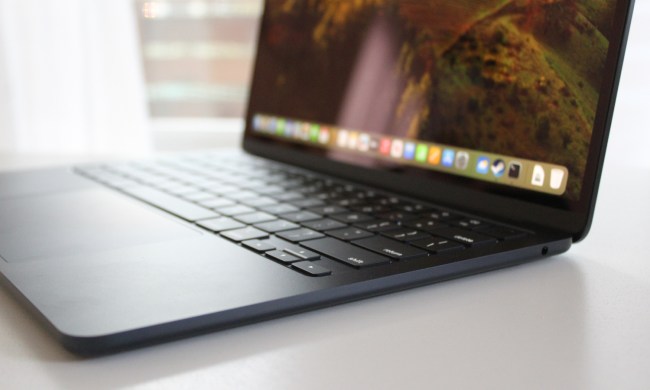The Windows 11 taskbar already shares a lot in common with the Mac dock, but a new development shows that Microsoft may be taking inspiration from another beloved feature: Force Quit.
The ability to Force Quit directly from the dock can come in handy when things freeze up, and according to the latest Windows 11 build in the Dev Channel (Build 23430), you’ll be able right click on an application in your Taskbar and click End Task to kill it immediately.
As noted by Toms Hardware, it’s going to be hidden in Settings, as ending the task can result in lost data. The setting will be found under the For Developers menu within Privacy & Security, where there will be a toggle for something called End Task. If this rolls out to everyone in a future Windows 11 update, toggling this setting should enable you to end tasks right from your taskbar. But clearly, Microsoft doesn’t intend for the average person using Windows 11 to have access to it — and certainly not for it to be turned on by default.
The simpler way to end a task in this same manner is through the Task Manager. It takes a few more steps to access, but given the gravity of killing an application in this fashion, it’s not necessarily a bad thing to have the user jump through a few hoops.
Apple takes a different approach with its own Force Quit option. It’s hidden from a standard right-click, but it’s only hidden by a key command instead of a setting. This ensures that only more advanced Mac users will know it’s there, but doesn’t require digging through developer-only settings.
Coming from Windows 10, Windows 11 has seen the taskbar share more in common with the macOS dock, most obviously by centering it on the screen and abandoning the traditional Start menu. But clearly, it continues to be a work in progress, and we may see even more drastic changes as Windows 12 (or whatever the successor is called) is in development.


